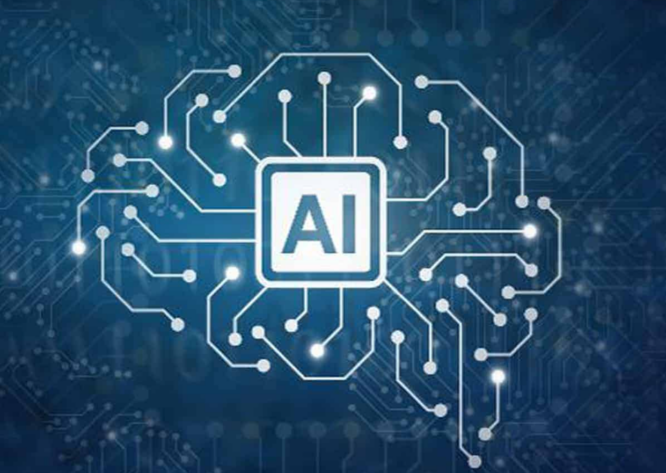A study predicts that artificial intelligence (AI)-based technologies will eliminate nearly 8 lakh jobs in Hong Kong by 2028, or 25 percent of the total workforce.
AI will have the greatest impact on data entry assistants, administrative staff, and customer service representatives, according to a report by IT recruitment firm Venturenix.
In addition, the report highlighted the influence AI will have on a variety of industries, such as law and translation.
“As AI applications permeate various industries, even traditional high-paying professions such as lawyers and translators are affected,” the study reportedly stated, as cited by South China Morning Post.
“Illustrators and content creators are also more likely to be replaced,” the report emphasized.

The report warned that generative AI might endanger jobs.
The immense popularity of ChatGPT has prompted concerns about enormous employment losses.
According to Venturenix, many Hong Kong companies are now requiring employees in positions that did not previously require IT experience to acquire ChatGPT.
According to the global investment bank Goldman Sachs, approximately 300 million positions could be lost to artificial intelligence in the future.
Goldman Sachs predicted in a research report that AI could automate 25 percent of the total labor market, including 46 percent of administrative tasks, 44 percent of legal tasks, and 37 percent of architecture and engineering professions.
According to researchers from Damo Academy, the research arm of Chinese e-commerce giant Alibaba Group, and Singapore’s Nanyang Technological University, using large language models (LLM) like GPT-4, which powers ChatGPT, in data analysis costs less than one percent of hiring a human analyst while delivering comparable performance.
The study highlighted the potential threat to employment security posed by the increased adoption of generative artificial intelligence.
Experiments demonstrated that GPT-4 is also significantly quicker than humans at completing tasks.
In certain instances, the AI model outperformed human data analysts in terms of the accuracy of its figures and analysis.

